Is lonsdaleite stronger than diamond? This is a question that has been explored by researchers for some time. While diamonds are the hardest naturally occurring material on Earth, lonsdaleite has been found to be even harder in certain circumstances.
Is lonsdaleite stronger than diamond
What is lonsdaleite
Lonsdaleite, also known as hexagonal diamond, is a rare and unusual form of diamond. It is formed when carbon atoms in graphite are subjected to extremely high pressures, such as those that occur during a meteor impact. The resulting material has a unique hexagonal crystalline structure that is distinct from the more common cubic crystalline structure of regular diamond.
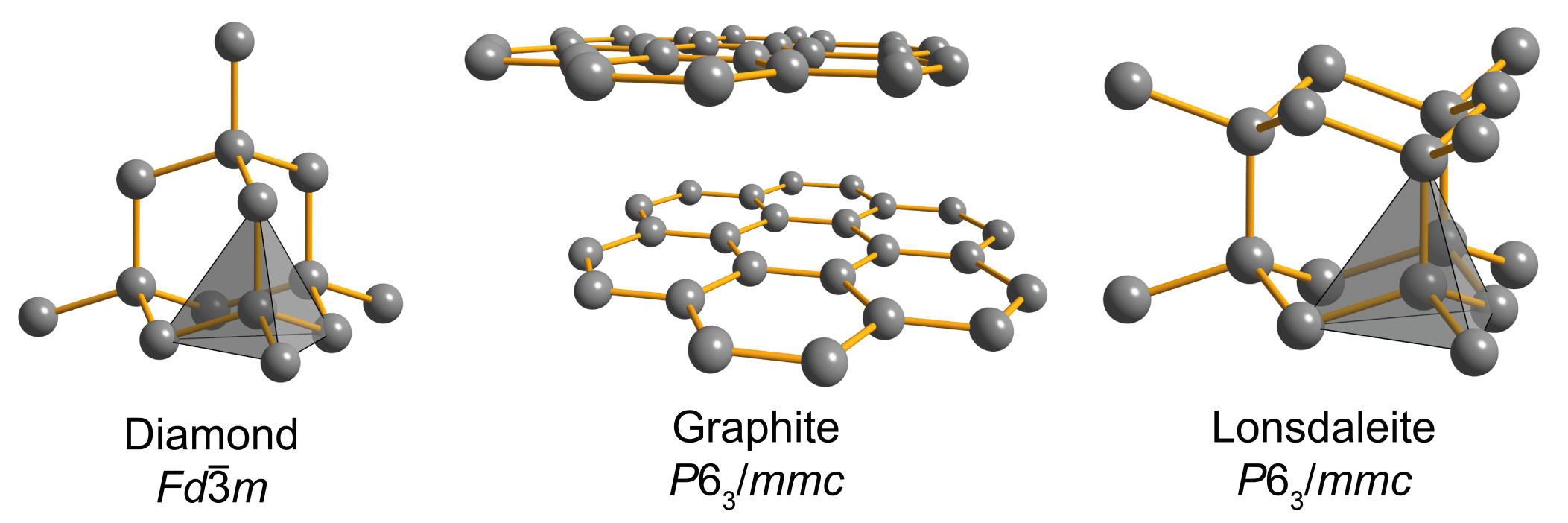
Is lonsdaleite harder than diamond
Lonsdaleite is an allotrope of carbon and it was first discovered in 1967 at the Canyon Diablo meteor crater located in Arizona. It is named after British crystallographer Dame Kathleen Lonsdale, who was the first to identify its unique hexagonal crystalline structure. It forms when graphite comes into contact with high pressure shock waves during meteor impacts and can have up to 58% more hardness than diamond under ideal conditions. However, due to its rarity it is not used as often as other materials such as cubic boron nitride or synthetic diamonds which are also incredibly hard but easier to obtain and work with commercially speaking.
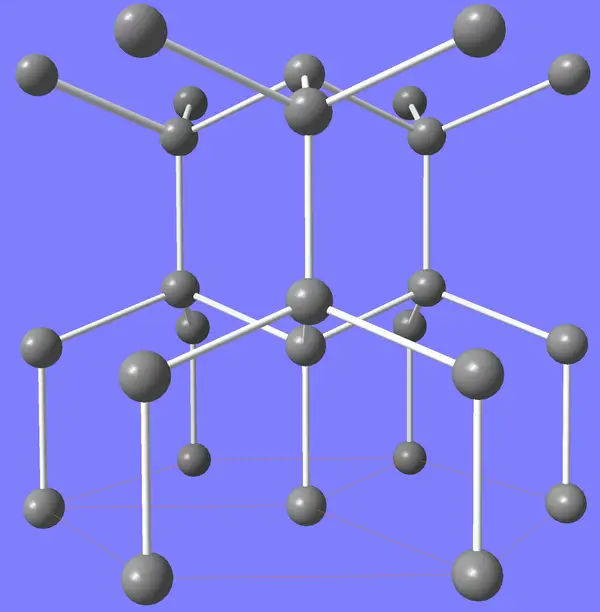
While lonsdaleite may be harder than diamond under specific conditions, because of its scarcity it cannot yet compete commercially with other materials that offer similar levels of hardness but greater availability and usability making them better suited for industrial applications where strength matters most.
Properties of lonsdaleite
Some of the key properties of lonsdaleite include:
- Hardness: Lonsdaleite is believed to be even harder than regular diamond, with a hardness of about 9.5 to 10 on the Mohs scale. This means that it is highly resistant to scratching and abrasion.
- Toughness: Despite its high hardness, lonsdaleite is more brittle than regular diamond, which means that it is more likely to break or shatter when subjected to impacts or other forms of mechanical stress.
- Color: Lonsdaleite is typically yellow or brown in color, which is different from the colorless appearance of regular diamond.
- Transparency: Like regular diamond, lonsdaleite is transparent, which means that it allows light to pass through it.
- Thermal conductivity: Lonsdaleite is a good thermal conductor, which means that it is able to transfer heat quickly and efficiently.
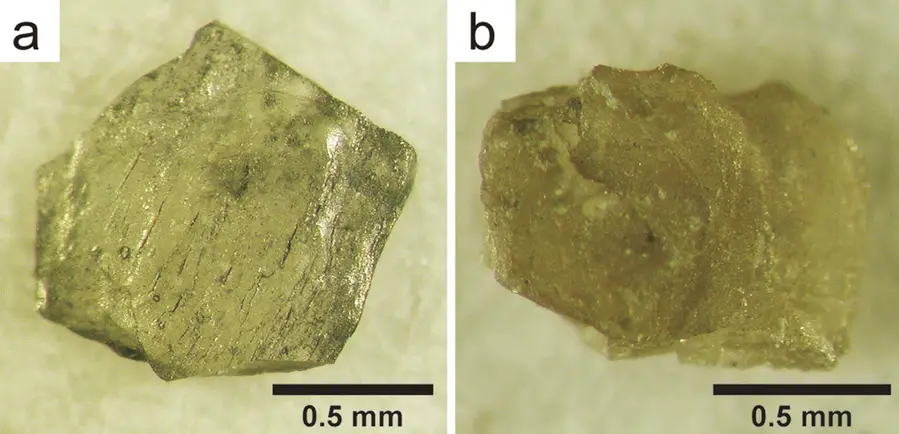
Overall, lonsdaleite is a fascinating and unusual material that has some unique properties that make it distinct from regular diamond. However, because it is so rare and difficult to study, there is still much that we don’t know about this material.
🔬 Subscribe to SciMail
Get the latest science discoveries straight to your inbox!
Where is lonsdaleite found
It is formed when carbon atoms in graphite are subjected to extremely high pressures, such as those that occur during a meteor impact. Because of this, lonsdaleite is typically found in the remnants of meteorite impact sites, such as the Canyon Diablo meteorite crater in Arizona. However, because it is so rare, lonsdaleite has only been found in a few locations on Earth, and it is not known to exist in significant quantities anywhere in the universe.
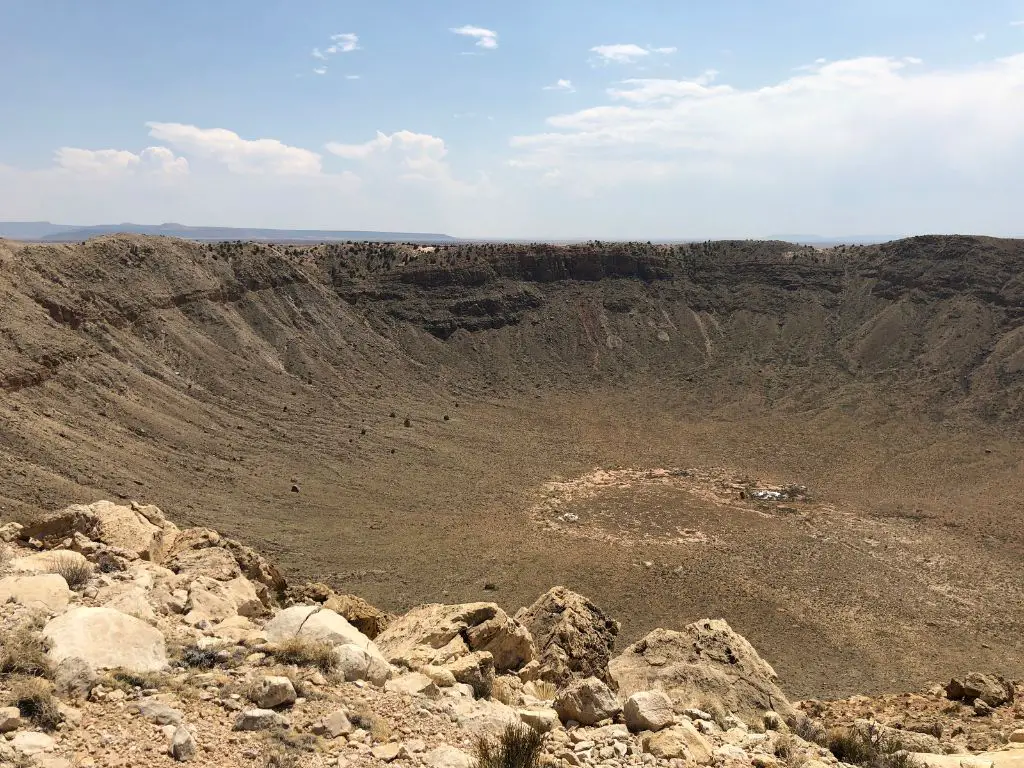
How much does lonsdaleite cost
Lonsdaleite is a rare form of diamond that was first discovered in 1967. It is the hardest known mineral, with a hardness rating of 10 on the Mohs scale. Due to its rarity and extraordinary strength, lonsdaleite can be quite expensive. The cost of lonsdaleite varies depending on size and quality; however, it generally ranges from $200-$2,000 per carat for small stones up to several thousand dollars per carat for larger pieces.
The price also depends upon other factors such as color saturation and clarity level—the higher these qualities are rated by gemologists or appraisers, the more valuable the stone will be worth overall. Additionally, since this type of diamond is so rare there may only be one or two stones available at any given time which can further drive up prices due to scarcity alone even if they don’t possess particularly good color saturation or clarity levels compared to others in its class.
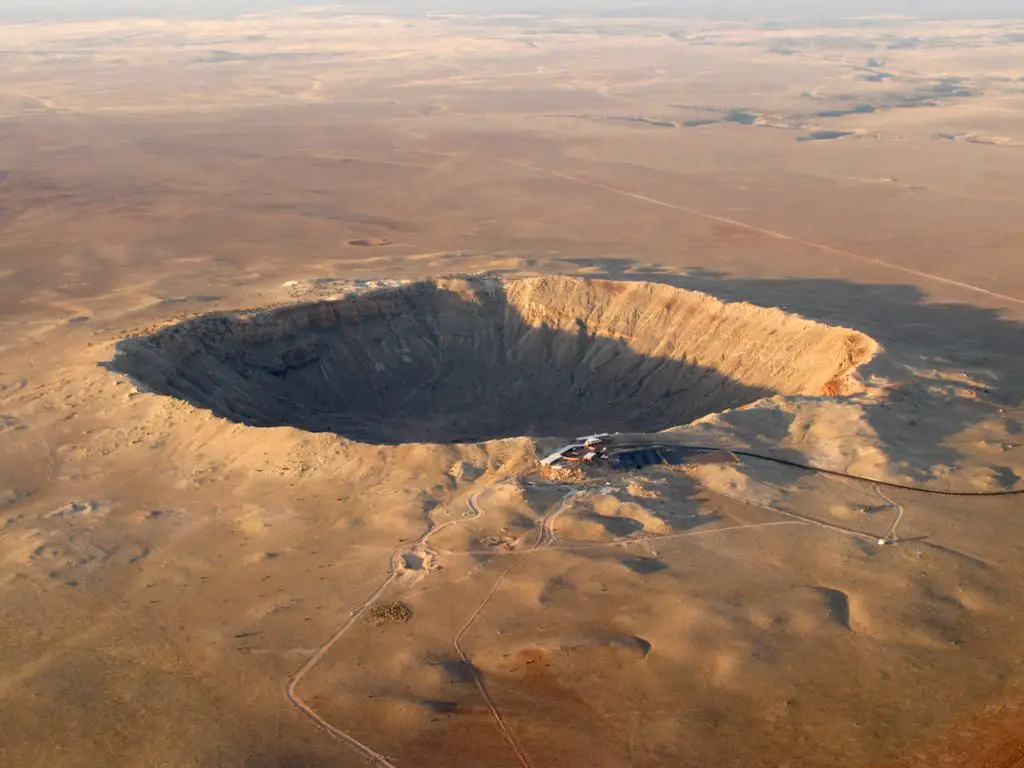
Overall then it appears that while lonsdaleite diamonds may not necessarily break your bank account if you purchase smaller sizes (under 1-carat), those looking for larger specimens should expect prices ranging from thousands into tens-of-thousands depending upon their individual characteristics like cut grade and color depth/clarity ratings among other things before making their final decision about purchasing them.
Can lonsdaleite be made in a lab?
The answer is yes; however, it requires extreme conditions to do so. Lonsdaleite can only form under pressures greater than 58 gigapascals (GPa) at temperatures above 1,500°C – much higher than the pressure required for standard diamonds which are typically created between 10-15 GPa at 800-1200°C . In order to achieve these conditions on Earth would require specialized equipment such as high powered lasers or gas guns capable of producing shock waves with enough intensity to create this type of environment artificially inside a laboratory setting.
In conclusion, while creating artificial lonsdalleite may not be feasible due to its extreme requirements for formation within our current technological capabilities; there have been successful attempts using advanced methods such as laser ablation or shock compression techniques which could potentially lead us closer towards being able replicate this material synthetically one day soon!

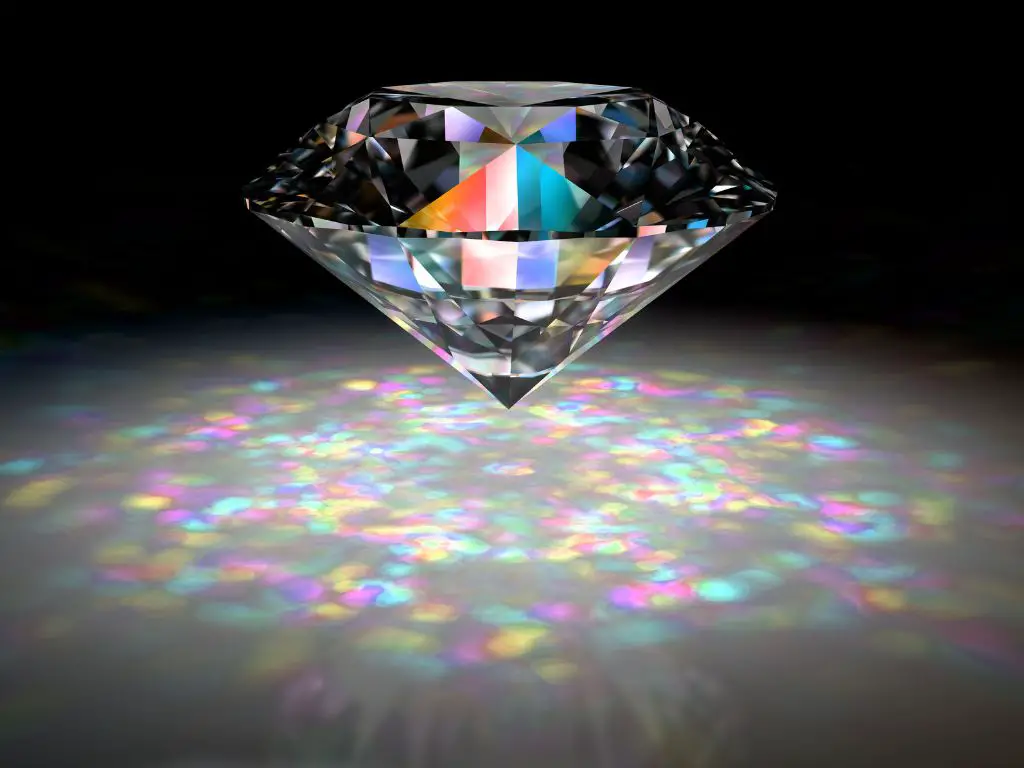
Leave a Reply